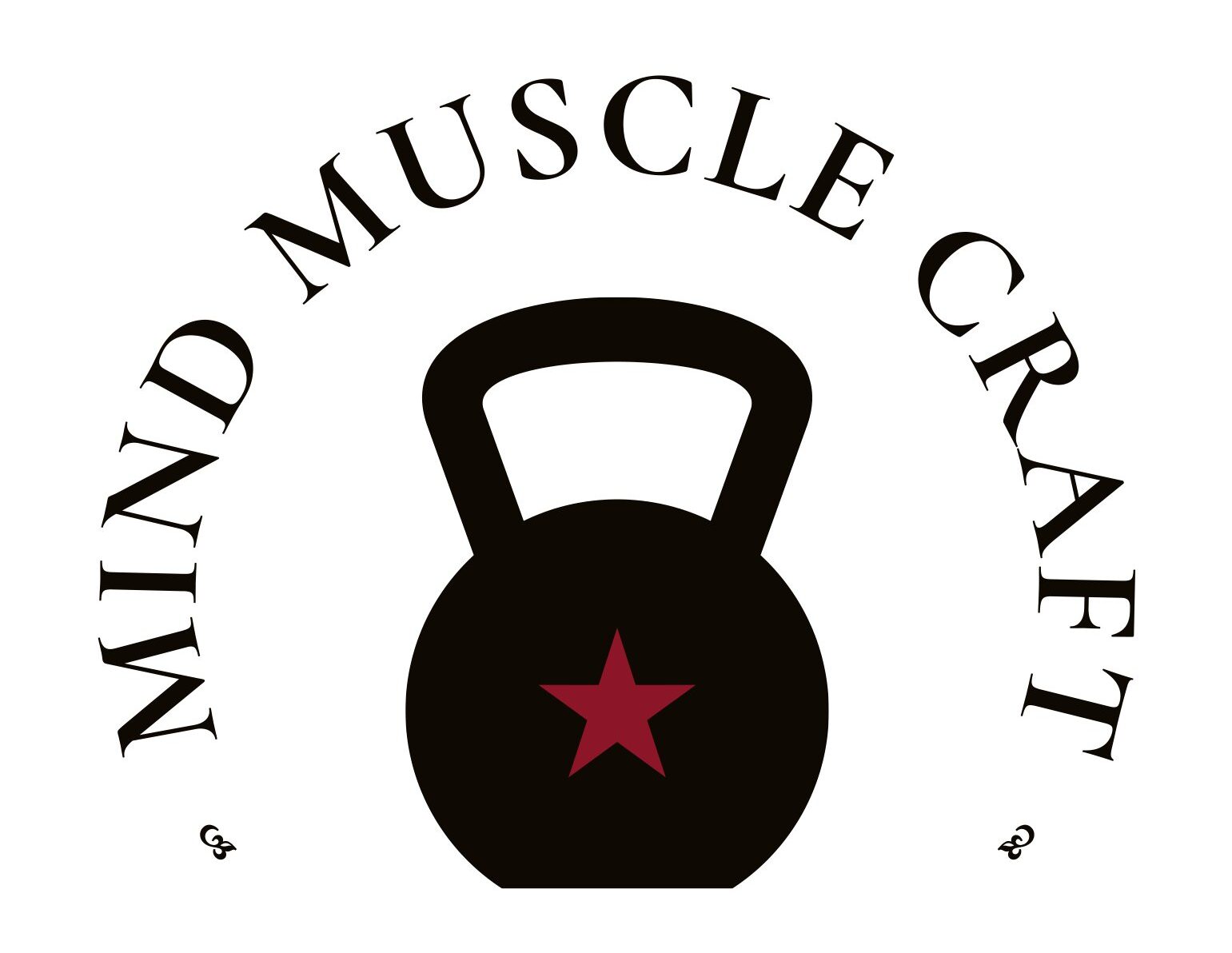Fasting is one of the most effective ways to reset metabolism, improve insulin sensitivity, and promote fat loss. Dr. Jason Fung, in The Obesity Code, explains how to fast properly without harming metabolism or losing muscle. This guide will help you implement fasting effectively with the right food choices, fasting frequency, and refeeding strategies.
Getting Started with Fasting
Fasting comes in different durations, and selecting the right type depends on your goals. Here are the best fasting schedules:
- 16:8 Method: Fast for 16 hours, eat within an 8-hour window. Ideal for daily fasting.
- 24-Hour Fast: Skip two meals, eating only dinner (e.g., 7 PM to 7 PM the next day). Done 2-3 times per week.
- 36-Hour Fast: Skip an entire day of eating (e.g., from dinner one day to breakfast two days later).
- Prolonged Fasting (3+ days): Only recommended under medical supervision for extreme cases like severe obesity.
What to Consume During Fasting
During fasting, hydration is key, but it’s essential to avoid anything that triggers an insulin response. Here’s what you can have:
✅ Water (still or sparkling): Aim for at least 2 liters per day.
✅ Black Coffee & Tea: Suppresses appetite and boosts metabolism.
✅ Bone Broth (for extended fasts): Provides electrolytes to prevent dehydration.
✅ Electrolytes: Add sea salt to water to prevent headaches and fatigue.
🚫 Avoid: Artificial sweeteners, fruit juices, sodas, and any calorie-containing foods that break the fast.
For more information on what to consume during fasting, check out Harvard Health’s guide to intermittent fasting.
How to Prevent Metabolic Slowdown While Fasting
A common concern is whether fasting slows metabolism. Research shows that short-term fasting actually boosts metabolism by increasing norepinephrine and growth hormone. Here’s how to keep your metabolism high while fasting:
✅ Stay Active: Light cardio or resistance training keeps metabolism elevated.
✅ Use Electrolytes: Prevents fatigue and keeps energy levels stable.
✅ Avoid Chronic Calorie Restriction: Fasting is different from daily low-calorie diets, which lower metabolism.
✅ Alternate Fasting & Feasting Days: Helps maintain muscle mass and keeps metabolism from slowing.
For a scientific breakdown of how fasting affects metabolism, visit the National Institute on Aging.
Refeeding: How to Break a Fast Properly
Breaking a fast correctly is crucial for maintaining insulin balance and preventing digestive issues. Here’s the best way to refeed:
✅ Start with a small meal: Avoid overwhelming your digestive system.
✅ Prioritize Protein: Helps rebuild muscle and supports metabolism.
✅ Include Healthy Fats: Avocados, nuts, and olive oil provide sustained energy.
✅ Low-Glycemic Carbs (if needed): Sweet potatoes, quinoa, and vegetables replenish glycogen.
🚫 Avoid: Sugary, ultra-processed foods that can spike insulin levels too quickly.
For a more detailed look at refeeding, check out Dr. Jason Fung’s official fasting website.
How Many Times to Fast Per Week?
Your fasting frequency should match your health goals:
- For fat loss: 16:8 daily or 24-hour fasts 2-3 times per week.
- For metabolic health: Occasional 36-hour fasts once a week.
- For obesity or diabetes management: Extended fasts under medical supervision.
Final Thoughts
Fasting is a powerful tool for improving health, but it should be done strategically. To maximize benefits:
✅ Use fasting as a tool, not as a constant restriction.
✅ Stay hydrated and maintain electrolyte balance.
✅ Break your fast properly to prevent insulin spikes.
✅ Alternate fasting with proper nutrition to sustain long-term results.
For more expert advice, check out Mayo Clinic’s guide on intermittent fasting.
Fat Loss Through Hormonal Balance: Unlock Your Body’s Hidden Fat-Burning Potential. Randle Cycle & Keto: The Hidden Link to Insulin Resistance. Best Methods to Fix Metabolism.

